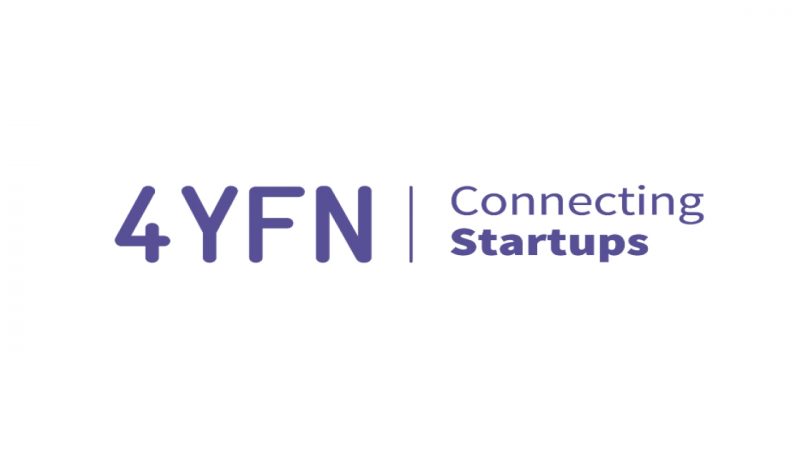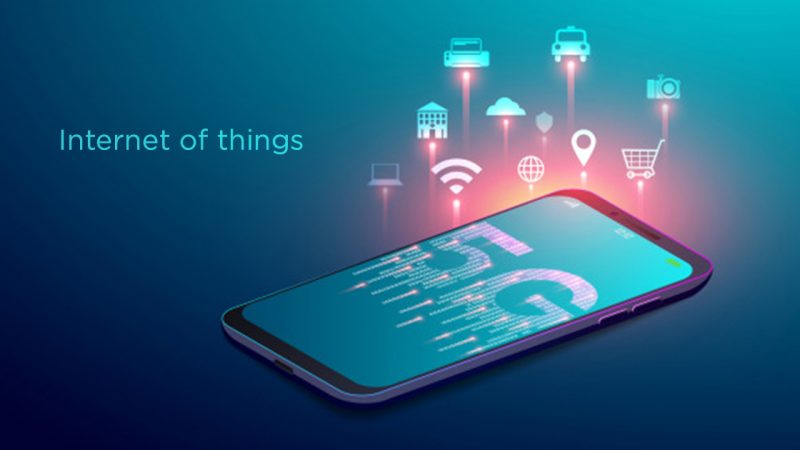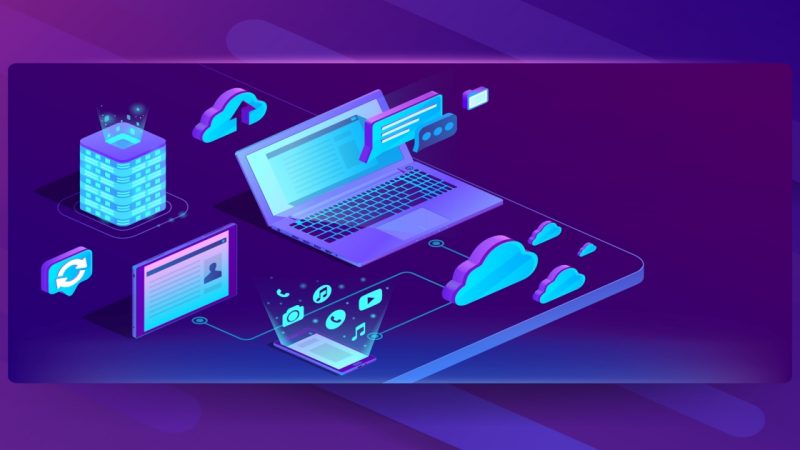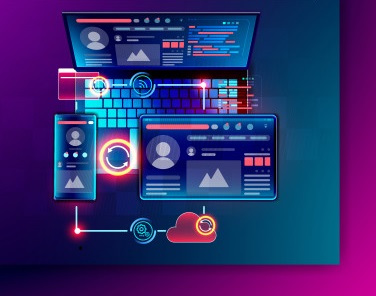More than 5.5 million new things connect to the Internet everyday, with 6.4 billion connected already. General Electric kicked off its report and call to developers “3 Reasons to Develop for the Industrial Internet of Things” with some weighty numbers. Gartner adds to this weight saying that by 2020 there will be more than 25 billion connected devices generating about $263 billion in revenue.
Of course, this big money won’t be in the things that are maintaining our 70-degree room temp or counting our steps. These inconceivable budgets are going to come from Fortune 100s and particularly governments investing in the infrastructure of smart cities. Called Industry 4.0 or the Industrial Internet of Things, it is “a network of physical objects imbued with information and communications technologies,” wrote Chunka Mui on Forbes. This is where the future of technology, and really our world as we know it, is going.
In fact to tout just one more mind-blowing number, GE has spending on the Industrial Internet of Things reaching half a trillion (yes with a T) in less than four years. But as big business is doubling down on this bet, does that mean that we’ll all be automated out of jobs or will the developer become in greater demand than ever? This piece talks about just where computer engineering will grow over the next couple years and what developers can do to get the most out of our increasingly connected world.
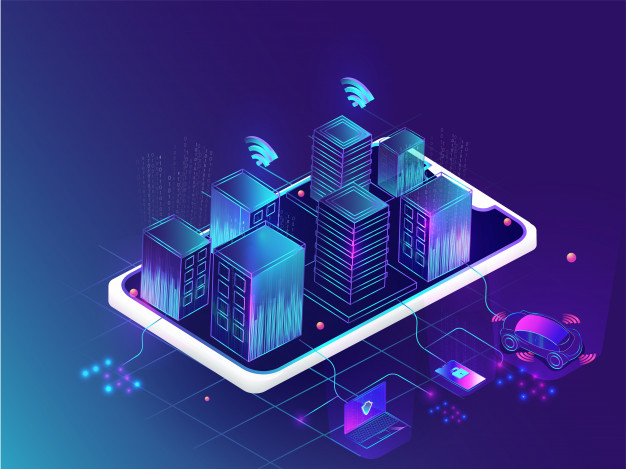
The API is the Backbone of the Internet of Things
We can go on and on with numbers — and there are a lot — but what does it matter to an everyday developer? To devops or sysadmins? Testing? Well, if you work with the application programming interface (and if you’re reading this you probably do), beyond the dollar signs, there is one more staggering number you should be thinking about:
McKinsey finds that 40% of the whole value of IoT hinges on its interoperability. For the IoT to reach its full potential, privacy and security concerns will have to be addressed, but they won’t even matter if the devices can’t even connect. That leaves the API as the driving force of the Internet of Things revolution, which leaves limitless opportunities for you the developer.
“I wanna know with 100 percent certainty when I say a device goes on, it goes on. When you think of the hierarchy of needs, security is great but doesn’t mean anything if I can’t get it to function properly,” Brian Knopf, head of BRK Security told me in an interview last year.
It’ll be API testing that will stave off the hugely costly recalls that will come if these things simply fail to connect. API testing automation will have to be combined with manual testing to check if that light really turned on and if it continues to turn on only when it’s supposed to. But that doesn’t mean that the API will be making headlines. If it does its job right, it will be the silent partner, enabling magic behind the scenes. That means the API developer will have a load of influence, but without the fame.
Is the Internet of Things Really Just an Aspect of the Data Economy?
Yeah, yeah, we know there’s an app for that. But the Internet of Things will raise demand again for more and more apps — particularly in the industrial and business spheres — to cultivate all the data all these devices are gathering. And B2B is where the money is. Currently, only about 11 percent of mobile app developers work on professional apps, but those are the ones that according to Infoworld are on average earning $5,000 more a month than their consumer counterparts.
When these digital ecosystems and the infrastructure they will have been built on finally mature, the developers in Industry 4.0 will gain access to multiple revenue streams, from the tech companies and the solutions providers to the municipalities and local businesses. In fact, McKinsey predicts that B2B apps for municipalities will be responsible for 70 percent of the IoT value for citizens. You as a developer have more ability than ever to make an impact on your community.
Again, the real value will come from the APIs, which will feed all this data into the platforms that will curate it into actionable insights. The demand for developers who have experience in Hadoop will continue to grow as this is the only open source platform emerging to automate the interpretation of data brought in by millions and soon billions of devices in our always-on, always-connected near future. APIs and the platforms and developers linking them will be what will turn information into valuable insights about populations and subpopulations.
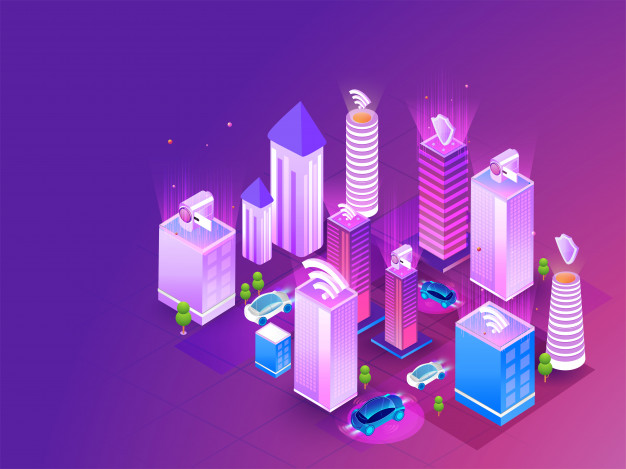
Smart Cities: Think Globally, Act Locally
Perhaps one of the biggest motivators to getting involved in the Internet of Things is that, by simply being a part of this movement, you get to be a part of our future. In fact, Cisco puts the Internet of Things as soon having ten times the impact of the Internet itself. The aforementioned GE report states: “As municipalities seek to bolster their digital infrastructure to become ‘smart’ cities, a need for local developers who know their communities and can provide value will be highly sought after. Each city will have unique challenges that sometimes only local developers can solve.”
There’s no doubt that with all these billions of devices collecting information, big data will become an understatement. If you think your popular mobile app garners a lot of data, GE puts about 300 million smartphones up against the world’s 7 billion light fixtures, which each could have a sensor. “In terms of fixed physical infrastructure, no other technology platform compares to the pervasive nature of lighting and the potential to piggyback intelligent, connected solutions,” wrote the tech services conglomerate in its report.
However, despite the promise of big business, most cities simply don’t have the infrastructure in place yet. Heck, even major cities don’t have integrated apps, but rather isolated apps that work for individual local businesses or for singular functions like cycle rentals. This means if you want to make yourself present in your soon-to-be-smart city, you should start attending city council meetings and contacting your local representatives. Talk to your neighbors and see what they have needs for. Start to make yourself known locally, online and off.
See what if any open data is available and start playing around with it, seeing what solutions you could build with it.
While overall hackathons are starting to die down, the spirit and innovation that come out of smart city hackathons is still thriving. And Industrial IoT is so new that many cities and partnerships between cities are opening up their data in hopes that developers will come up with creative solutions. The Open & Agile Smart Cities alliance even partners cities up in their movement toward becoming smarter. Over 75 cities, each with its own unique problems and unique hackathons, share open data with an eye toward solving problems locally and then sharing solutions internationally.
GE offers the example of hackathon participants creating apps that range from optimizing the food truck trend to a “Waze” crowd-sourced app for crime. One of the areas in which we will see the most rapid innovation over the next couple years is the healthcare space, particularly for first responders. One startup Ciklum created a connected defibrillator that collects real-time data while it’s being used, enabling emergency medical technicians to more accurately respond to sudden cardiac arrest, sometimes before they’ve even arrived on the scene.
There’s an app for that could really become, there’s an app to save lives. It’s up for the developer to get involved and then to get creative. As General Electric’s report concluded: “Ultimately, it’s going to take the developer community to build the next app economy – the industrial app economy – where changing the world is at our fingertips.”
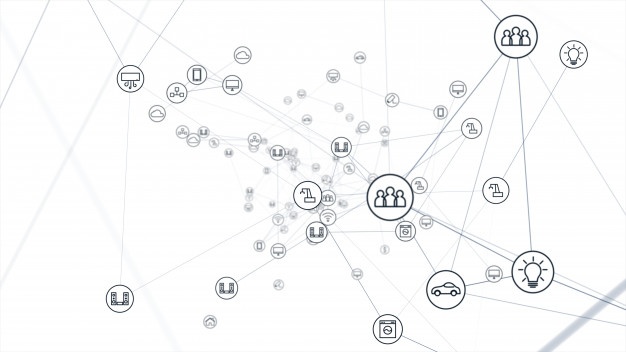
How Else can a Developer get Involved?
There’s no doubt that there can be a sense that all this fuss over the Internet of Things could be a bit premature. The next wave will be in the Industrial IoT and in smart cities yet it seems like communities, infrastructure and utilities don’t seem to be ready for the change at this point. But IoT’s inevitable impact and success should convince more developers to be the first ones in the door. While we don’t know which laws, standards and protocols will prevail, it’s clear the world is moving toward more open data, more open source, and more sharing through portals, collaboration and hackathons.
But from a technical standpoint, what can you do to prepare? The best way to prepare yourself for the Internet of Things is fiddling about. Get yourself a Raspberry Pi or Arduino, pair it with a hardware development kit (HDK), connect some “thing” online, and then go to your local IoT Meetup and talk about it. Then, while we can’t predict the Internet of Things protocols, being familiar with the more generic MQTT, CoAP, and XMPP should give you another edge. If you have a particular interest in home automation, check out Zigbee or Z-wave. Also keep your eye on the Industrial Internet Consortium — comprised of AT&T, GE, Cisco, Intel and IBM — to see the standards coming up.
If you’re looking to learn a new language, getting a handle on the big data IoT generates by learning Hadoop will give you an edge. Of course, if you ask Austin Ashe, product manager of GE-powered Intelligent Cities at Current, you can’t go wrong brushing up on your Node.JS, Angular and Python. He also recommended the new key language of Polymer, the open-source JavaScript language. Ashe also told ProgrammableWeb that you should leverage the community by spending time on developer hubs like Github, Predix, or Intel’s hub. Try Pitney Bowes for location APIs.
But the most important way to prepare yourself for the Industrial Internet of Things is to stay inquisitive. The only way we will be safe in this overly connected world is if we keep asking, each step of the way, what network is being accessed and what data is being collected. This is certainly an exciting time for our soon-to-be overly connected world and especially for the developers who will be driving those links. But that just means that the responsibility falls on your shoulders to make sure security and privacy are a part of each step of the way.
Original source of the article: https://www.programmableweb.com


